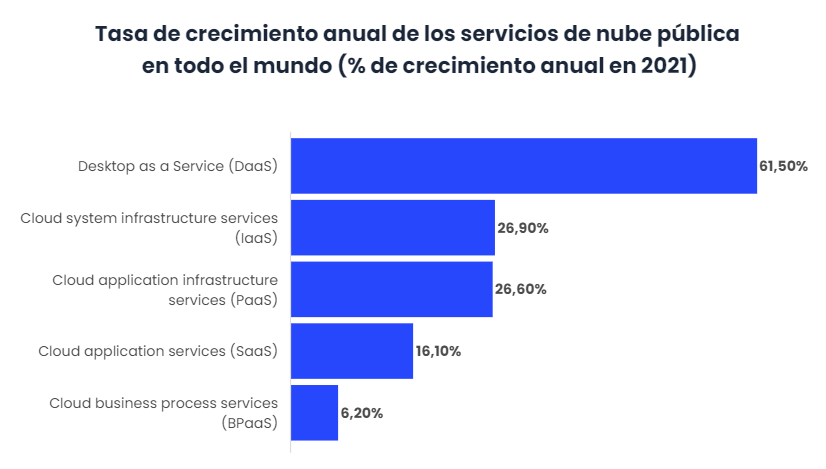The path that data collaboration has taken in the cloud

The value of companies’ source data must increase and the absence of third party cookies due to new regulations must also be filled. To this end, high-value insights can be generated through mutually beneficial partnerships, i.e. data collaboration between companies. Whether this type of collaboration is successful will depend on the type of collaboration that exists, the control of this relationship and the technologies that make the exchange of data and information a secure medium.
Currently, there are four critical factors that facilitate data collaboration. First, there is privacy, which is expected to be finalised globally. Thus, the determination of global definitions, consumer attitudes and vendor solutions are constantly changing. Companies that will do well will be those that actively affect the evolution of privacy with transparency and accountability. Also, new solutions in this area must be flexible to allow companies to modify permission levels according to different government regulations and the requirements of individual contributors.
Second, there are changing market conditions. Brands have realised that they can become media platforms through social networks, i.e. they have at their disposal extensive proprietary data assets and deep consumer intelligence. In the future, brands are expected to build their own databases to enable the creation of new media exchanges.
Thirdly, new opportunities and challenges for the consumer are located. This refers to the fact that brands must adapt to continuous change and keep up with the needs and requirements of consumers. In this area, the use of data is fundamental today. Companies that manage this aspect best will be able to take action quickly, but they must not fail to be transparent about how consumers use data.
Finally, and fourth, is the organisational approach to data-driven analytics. Brands must create a database that optimises internal alignment, data access and decision-making. For example, aligning marketing strategies with supply chain optimisation allows companies to leverage cross-functional data and increase revenue.
Sharing data and information can help everyone involved in such collaboration as long as the above factors are taken into account. Next, we will look at the next level of collaboration that is taking place due to the resources currently in place: cloud collaboration.

The next step, collaboration in the cloud
Cloud collaboration is a method of team collaboration in which like-minded people can work together on documents hosted in the cloud, all having access to the same files. In addition, editing of files can be carried out in real time.
In this way, any team that is authorised to access the files in the cloud can view and edit the files at any time, and from any location, even if several people are working simultaneously. In this way, edits are visible to all team members as they are made and changes are saved synchronously so that all staff see the same version of the project. Therefore, being able to share files in the cloud eliminates the confusion and errors of having multiple versions of the same documents.
The growth of cloud services and new technologies brings great benefits to any remote or hybrid workforce, making it easier for teams to work together to achieve shared goals. The major benefits of cloud collaboration include:
- Communication and collaboration.
Collaboration in the cloud has allowed all teams to communicate well during the pandemic. A number of companies have had to adapt to this type of collaboration, as they found it difficult to share data while working remotely. However, companies that were early adopters or had cloud collaboration in place beforehand, adapted to the situation perfectly without losing momentum.
Generally, companies that employ cloud collaboration, collaboration by design is seamless, all data is in one place and available to all team members without the costs of replicated data servers.
- Independence from computing devices.
Currently, many desktop programs are not compatible between different operating systems, but that problem is solved by having one collaboration site regardless of which device people are working from. Most hardware configuration and upgrade difficulties are eliminated.
- Brainstorming
Working in the cloud allows new ideas and ways of thinking to emerge. It means that you no longer need an office to work in. For example, this aspect makes it possible to hire staff from anywhere in the world or gives employees the possibility to work from wherever they feel most inspired.
- No size limitations.
Today, the most massive models can be worked on in the cloud using any device with web access. No local workstation is required.
- More efficient time for intermediate teams.
Often, certain documentation or files are needed for third parties, such as the quality department or for an audit. Thus, provided they are granted rights, the cloud offers immediate access to downstream stakeholders, so that model changes can be evaluated in real time.
Cloud collaboration tools
Cloud collaboration systems typically incorporate tools for communication, document sharing and project management. It is therefore appropriate for companies to consider the functionalities offered by each platform and to match the platform to their requirements.
Smaller companies should use a standard unified communication package, while high-end organisations can use tailor-made cloud collaboration solutions with customisation options.
Cloud-based communication tools include telephone systems, group chats, video conferencing and instant messaging functions. The messaging included in these tools is unified, i.e. a single inbox that handles all communications.
For example, applications such as Microsoft Teams, Skype or Google Hangouts are very useful for calls and messaging, but there are also applications such as RingCentral that offer more useful functions including call retrieval.
At the same time, software tools are programs that developers use to create, maintain, debug and support other applications and programs. Web-based repository services, such as GitHub and Bitbucket, allow enterprise developers to collaborate on different projects.
Tools used for documentation facilitate the storage and retrieval of documents across any device, through collaborative authoring and editing. Google Docs and Dropbox ensure that files are synchronised during editing.
And ultimately, project management tools such as Trello or Basecamp make it easy for team leaders to monitor progress and track goals. Also, such tools allow tasks to be assigned and their status to be updated.
One of the most comprehensive tools is, for example, Microsoft, which is known for its office applications. The company brought its programmes to the cloud as web applications, turning Word and other applications into groupware, bundled in Microsoft 365.
Conclusions
In short, teamwork is an essential part of the success of today’s companies. Teams for the same project are becoming larger and larger and a greater number of departments are involved, so it is essential that there is good communication and coordination between them, which is efficient.
Therefore, all the personnel involved must have and receive the updates and changes in the project, together with the necessary means to carry it out. The way to optimise the workflow is through collaborative software tools in the cloud, which guarantee productivity, even when participants are working from different devices or locations.


